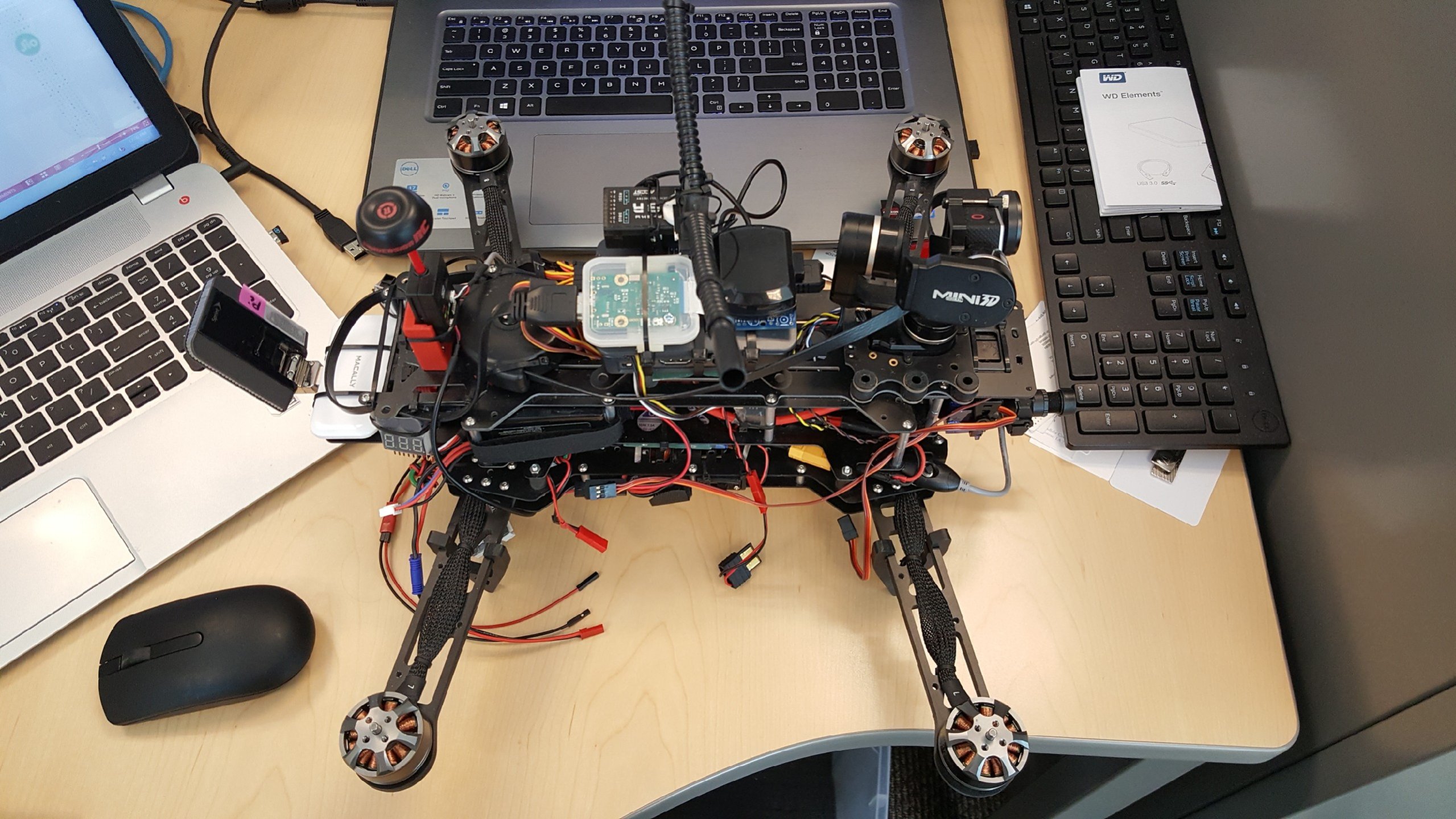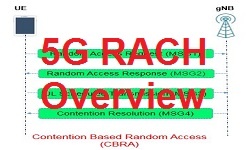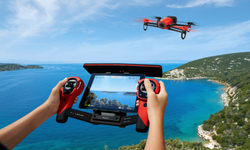“Why to buy a Drone, When you can make your own” The Drone Man – Rob Mapes
We use to have our own favourite machines/toys when we were young, the love for machines and toys stays with us always. One of the favourite machines talked about these days are the Drones. Every time I see drones I feel to own one but what if I can build my own? With enhancements in battery, design and chipset capabilities people have found more and more use cases using drones. Today’s interview is with a person who is a network planning engineer by profession but have love for hardware and machines. His passion made him design Drones at home.
Q 1. TechPlayon: To start Rob, would you like to let our readers know more about you, your journey, your interests?
A 1. Rob Mapes: I Am a Fibre to the Home (FTTH) subject matter expert working with one leading operator, as they roll out FTTH in their service area in India. Previously with AT&T, my exposure to 4G wireless technology sparked my interest in determining what would be required to control and fly a drone in a new way using the public wireless network instead of using the present method of controlling and flying a drone using RF transmitter and receiver.
Why? The RF transmitter presently used is distance limited and low bandwidth. I wanted to expand the limits and be able to fly long distance and to be able to experience and explore the benefits of the ever increasing higher bandwidth of the latest technology. And most of all, I wanted to prove it could be done.
Q 2. TechPlayon: Thanks Rob that’s interesting indeed long range Drones, So how did you come with the Idea of Designing your own Drone? How was it like to build your first drone? Did it fly first time.
A 2. Rob Mapes: The internet has unleashed my imagination. It has allowed me to learn things quickly, and it has lit a fire in me that has empowered me with the “Art of the Possible”. Making the drone was the easy part. Putting in place the theory and the components that would establish 4G communication provided the impetus that drove me to make this work. I knew that 3G was not good enough latency, but 4G was below the 100ms required for the control signals and theoretically should work. Trial and error testing, although frustrating at first, finally worked! I was able to make it work using a Raspberry Pi3 and 4G USB modems with Linux drivers. I learned Linux overnight to do this (I learned it from Youtube!). The defining moment was when I armed and started the motors the very first time remotely over the 4G connection using my joystick button!
Q 3. TechPlayon: Great ! Last time when we discussed, you told me that your Drones are very cheap (you can share the price with readers if you wish). How did you manage to keep it so low cost?
A 3. Rob Mapes: My designs use free open source Software from Ardupilot, to keep costs down and to enable me freedom of design and upgradable hardware, a choice similar to buying a Windows PC that you can build yourself, versus choosing to buy a proprietary Apple. Likewise, All hardware components for building a Drone do it yourself are available from the internet. Hobbyking is by far the top source, but many vendors sell kits now. The main components to get started are the frame ($50), four motors ($20 ea.), four esc electronic speed controllers ($20 ea.), and a flight controller board ($35). From there, accessories like GoPro camera etc. can be added later. My prototype drone (see below picture) over time has added many extras like 4G USB dongle, two cameras, etc. But to get started in this hobby quickly, many people prefer to buy a ready to fly model for $300 to $400 from DJI, the best ready to fly models available (but it is like buying a proprietary Apple). I have several drones, but I prefer Open Source to build my own.
(Rob’s LTE Drone Picture)
Q 4. TechPlayon: You showed me your latest model, so what does it offer in terms of features, capabilities?
A 4. Rob Mapes: My latest Drone is a Raspberry Pi3/Navio2 flight controller based drone using ArduPilot, Linux, Mission Planner, and Gstreamer Open Source SW, state of the art HD cameras, and Onboard GPS All traffic carried over 4G network High Throughput, unlimited distance, Low Latency, 5G ready HD 1080p 30 fps streaming Video to GCS Uses Gstreamer open source SW Uses HDMI output from GoPro – bridges HDMI to CSI2 Telemetry signals use MavLink Protocol Joystick Drone control signals use MavLink Protocol RF Tx/Rx failover option for optional additional failsafe On-board Vision Systems GoPro on a 3 axis gimbal HD 1080p 30 fps streaming Video to GCS FPV camera that uses 5.8Ghz transmitter and antenna to transmit video to Fatshark racing googles Optional Campanion Computer (Nvidia TX2) OpenCV, OpenKai SW Precision Landing Collision Avoidance, Object ID Autonomous Flight Hi Resolution HD video for 3D Mapping Cell Tower Inspection Sprint USB 4G LTE modems Linux based (Netgear 341U) Public IP addresses Dell i7 Ground Control Station (GCS) 4G Network Drone Control Mission Planner software Saitek Joystick control of drone GPS based autonomous missions
Q 5. TechPlayon: Given a chance would you like to offer your drones and designs for commercial applications?
A 5. Rob Mapes: If given the chance, I would prefer to offer the 4G system as an add-on component, for any drone, rather than build and sell drones. DJI has already captured this highly competitive market.
Q 6. TechPlayon: How to start, what all you need to learn before anyone wish to design their own drones?
A 6. Rob Mapes: This hobby, like all good hobbies, should be approached in steps. I would first purchase a ready to fly drone from DJI and learn to fly and enjoy. Then, if you are a maker, and are technically oriented, it would be best to learn to make a simple but good starter drone that uses the latest flight controller boards that can be easily set up with the free windows drone set up program called BetaFlight. This will lead to the quickest do it yourself drone. Then when you are ready, join the community of Mission Planner and Ardupilot Open Source and build a drone like mine that can be designed with the latest single board computers, running on Linux, that can be controlled by 4G and soon 5G, and let your imagination run wild! The sky is wide open.
TechPlayon: Thanks for enlighten us Rob, it was amazing to know so much more about Drones and your journey.
You can reach out to us or Rob for any queries or for more information.
About Rob Mapes:
Mr. Rob Mapes is currentaly working with one of the leading Indian telecom Operator as Principal Architect, FTTH. His previous employer includes AT&T, Intel, Ericsson, Huawei etc. He hold MBA in finance from Wayne State University along with Bachelor Degree in Electrical/Electronic Engineering from the same university.
You can reach out to us or Rob for any queries or for more information.




